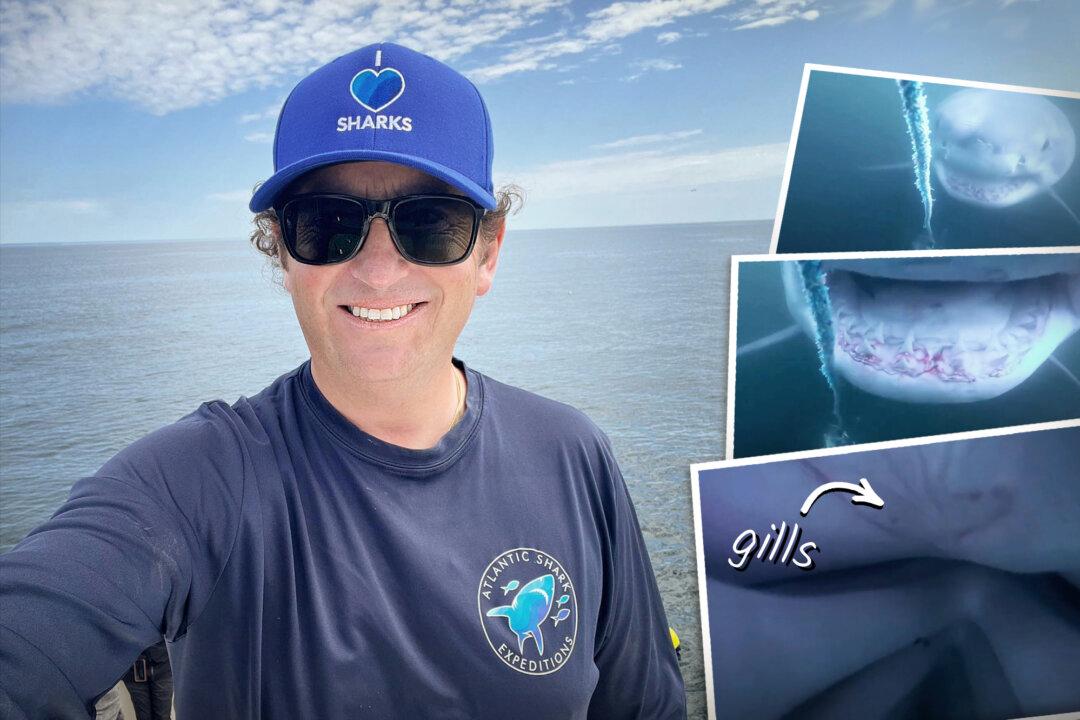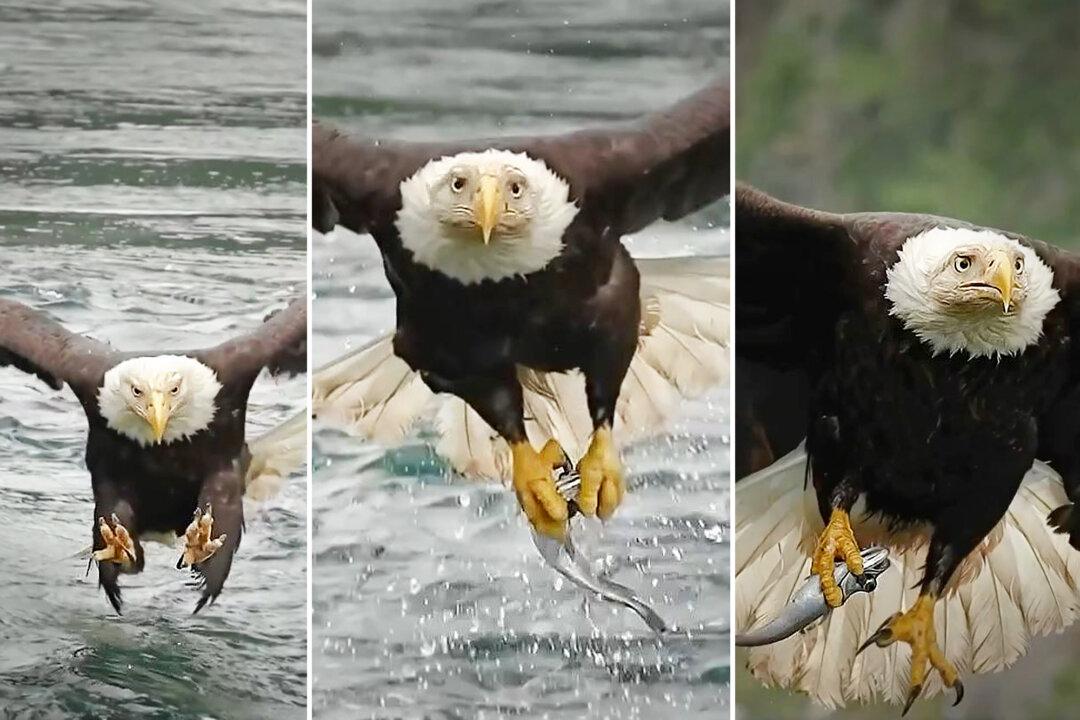“Tour boats had been watching the young whale for days as it slowly moved through the bay, appearing sicker and slower with more shark bites over its body day after day.”
The scene was visceral. While making its annual migration north along Ningaloo Reef off Australia’s northwest coast, the fledgling-adult humpback, maimed and ailing, inched toward the natural terminus of its life’s journey.
Ashlee Jansen, a budding marine photographer from Western Australia, was there. That day in July 2021, she captured a profound visual allegory of life and death—one that would garner ample renown.
“Friends had spotted an oil slick on the surface caused by the fallen whale,” Jansen stated in a press release. “As they got closer, they were hit by the distinct smell and knew that they had found the location of the carcass resting on the ocean floor.
“Excited to share their find, I rushed out to their location and jumped in the water to find the skeleton of the young humpback whale [lying] still on the ocean floor. Surrounding the bare bones were several different species of well-fed sharks.”
She added, “We spent a few hours floating above the whale carcass, watching the sharks come closer and closer, unfazed by our presence as they searched the area for any remaining food.”
Overall Winner

Still a novice in the art of underwater photography, having taken up the pursuit in 2017, Jansen shared how proud she felt to be crowned the top prize.
“This competition is such a prestigious award and being named overall winner is something I had never even considered happening, especially so early in my photography career,” she said.
“I have always looked at this competition and award so highly, so to be selected as the winner out of so many talented photographers, some of whom I have looked up to and have inspired me over my career, is absolutely incredible.”
The judges were unified in choosing Jansen’s image among the 2,443 entries submitted—the most the competition’s ever received.
The considerable aesthetic appeal in Jansen’s compelling portrait involves its “artful circular composition,” the judges stated. The curve of the whale’s skeletal ribs mirror the patterns of the sand and waves, keeping the viewers’ eyes within the frame moving between the living and the dead.
Along with the title, Jansen received a $10,000 cash prize and a travel prize from Coral Expeditions. The contest was a joint venture between Australian Geographic and Adelaide’s South Australian Museum.
Animals in Nature Winner

Not to be outshone too brightly, a host of other awe-inspiring nature photography comprised the rest of the competition winners in several categories. Those categories included Animals in Nature, Urban Animals, Botanical Landscape, the newly minted Astrophotography category, and others.
Astrophotography Winner

“Each year I am amazed by the quality of entries we receive for this competition, with entrants capturing incredible moments in time that inspire us to deepen our relationship with the natural world, whilst also challenging us to reflect on our impact,” stated Brian Oldman, director of the South Australian Museum.
Added our winner, “This unforgettable experience is a reminder of how harsh nature and the food chain can be, yet such an important part of the natural ecosystem. One animal’s sacrifice can provide so many nutrients to so many other species of wildlife for years to come.”
Animals in Nature Runner-Up

Urban Animals Winner

Urban Animals Runner-Up

Botanical Winner

Botanical Runner-Up

Landscape Winner

Landscape Runner-Up

Threatened Species Winner

Threatened Species Runner-Up

Monochrome Winner

Monochrome Runner-Up

Our Impact Winner

Astrophotography Runner-Up

Portfolio Winner






Junior Winner

Junior Runner-Up







